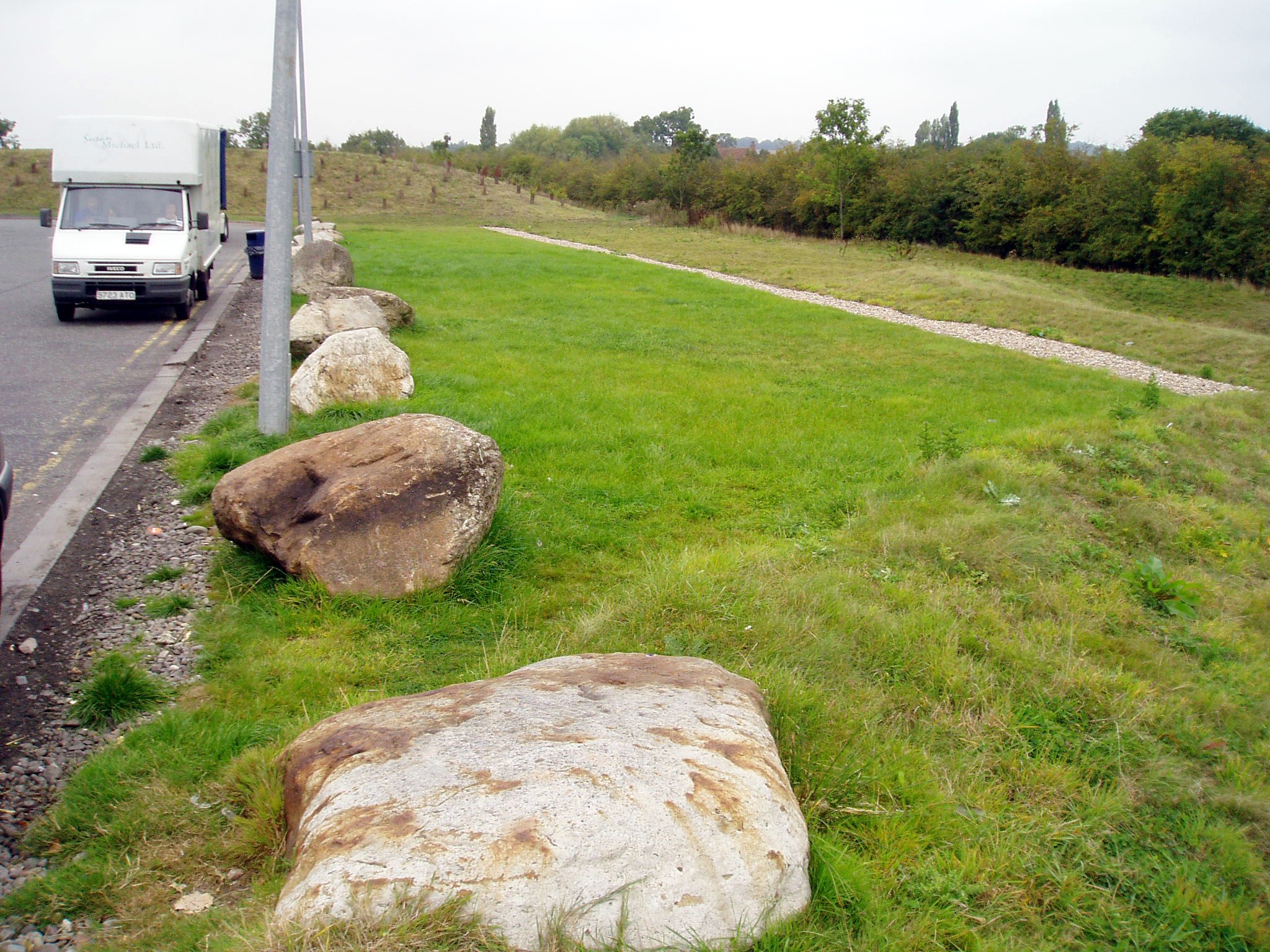- Delivering SuDS
- Using SuDS
- Background
- SuDS principles
- Benefits of SuDS
- Benefits of SuDS
- Why developers should choose SuDS
- Flood risk management
- Water quality management
- Biodiversity & ecology
- Amenity
- Air quality
- Building temperature
- Carbon reduction and sequestration
- Crime
- Economic growth
- Enabling development
- Flexible infrastructure/climate change adaptation
- Groundwater recharge
- Education
- Health and well being
- Pumping wastewater
- Rainwater harvesting
- Recreation
- Tourism
- Traffic calming
- Treating wastewater
- SuDS components
- SuDS components overview
- Source control
- Swales & conveyance channels
- Filtration
- Infiltration
- Retention & detention
- Wetlands
- Inlets, outlets and control structures
- SuDS performance & monitoring
- Delivery
- The costs & benefits of SuDS
- Adoption & maintenance of SuDS
- Legislation & regulation
- Design guidance
- Retrofitting SuDS
- Drainage exceedance
Component: Filter strips

Description
Filter strips are gently sloping, vegetated strips of land that provide opportunities for slow conveyance and infiltration (where appropriate). They are designed to accept runoff as overland sheet flow from upstream development and often lie between a hard-surfaced area and a receiving stream, surface water collection, treatment or disposal system.
They treat runoff by vegetative filtering, and promote settlement of particulate pollutants and infiltration.
Advantages & disadvantages
|
Advantages |
Disadvantages |
|
|
Where component can be used
Residential: Yes
Commercial/industrial: Yes
High density: Yes
Retrofit: Yes
Contaminated sites: No
Sites above vulnerable groundwater: No
Performance
Peak flow reduction: Poor
Volume reduction: Poor
Water quality treatment: Medium
Amenity potential: Medium
Ecology potential: Medium
Quantity
Filter strips only attenuate the flow slightly but they can be used to reduce the drained impermeable area.
Quality
Filter strips are effective at removing polluting solids through filtration and sedimentation. The vegetation traps organic and mineral particles that are then incorporated into the soil, while the vegetation takes up any nutrients.
Amenity
Filter strips are often integrated into the surrounding land use, for example public open space or road verges. Local wild grass and flower species can be introduced for visual interest and to provide a wildlife habitat.
Maintenance
-
Litter/debris removal
-
Mowing
-
Repair of eroded or damaged areas
Read more on:



